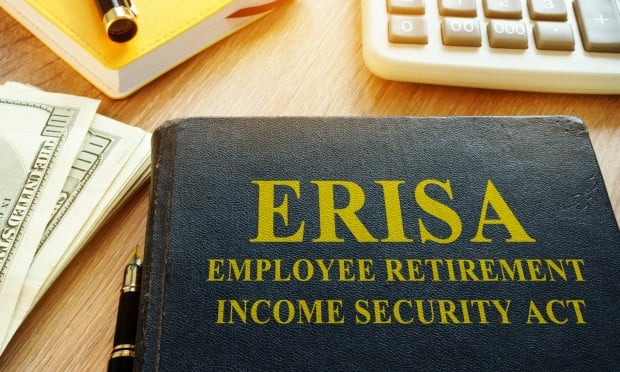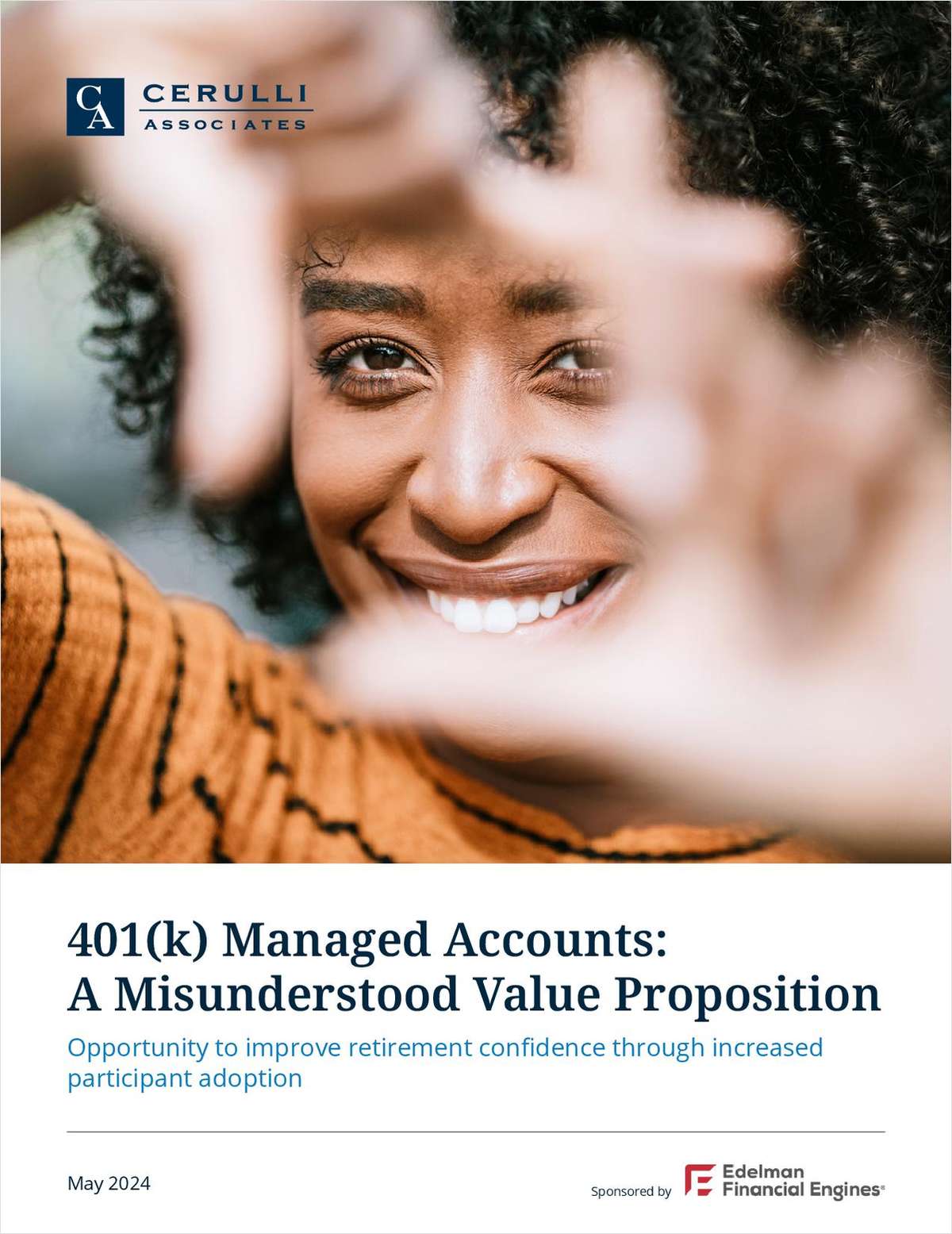
Fidelity Investments is the latest financial services firm to raise warning flags over the state of readiness when it comes to saving for retirement. In its recently released Retirement Savings Assessment, Fidelity surveyed working Americans and found that there has been a decline in retirement readiness, possibly linked to concerns about inflation and recession. The report scored the financial preparedness of American household and found a five-point decline from the all-time high score of 83, reached in 2020. For the 2023 analysis, the retirement score had moved to 78—indicating that American households had on average 78% of the income needed to cover expenses during retirement.
As with other recent studies, the results may be a reflection of turbulent economic times. With the stock market becoming more volatile, the report said that more conservative investors have become worried about losing their savings by investing too aggressively. This was especially true of millennials, the survey found. From the data, Fidelity reported that millennials saw the biggest declines in preparedness, with decreasing savings rates and a more cautious and conservative approach to investing. "American savers continue to navigate through uncertainty, and as a result, may consider pulling back on saving for the future," said Rita Assaf, vice president of retirement at Fidelity Investments. "When it comes to long-term investing, staying focused on your individual goals is critical. Having a plan in place is one solid way to help weather any storm, as we've seen the last few years and weeks with the pandemic, inflation, and market volatility."
A decline in preparedness
The Fidelity analysis uses a measurement called "America's Retirement Score," dividing household preparedness into four categories.
- The highest score, "On Target" indicated households that are able to cover more than 95% of total estimated expenses; 32% of household fell into this category. The report noted this reading was down from 37% in 2020.
- The second tier was a "Good" score, where households are able to cover at least essential expenses but not discretionary expenses. The analysis found that 16% of households were in this category, down from 17% in 2020.
- The third tier was "Fair," where modest adjustment to retirement lifestyle would be likely. This category had 18% of households, the same as in 2020.
- The final tier was "Needs Attention," where significant adjustments to retirement lifestyle would likely be needed. This category was at 34% of households, up from 28% in 2020.
The path forward
The Fidelity report found that a number of actions can be taken to improve preparedness. For employers and retirement advisors, more emphasis on certain benefits, such as financial wellness resources, could be helpful. The report also pointed to Health Savings Accounts (HSAs) as offering a tax advantage when it comes to saving.
Continue Reading for Free
Register and gain access to:
- Breaking benefits news and analysis, on-site and via our newsletters and custom alerts
- Educational webcasts, white papers, and ebooks from industry thought leaders
- Critical converage of the property casualty insurance and financial advisory markets on our other ALM sites, PropertyCasualty360 and ThinkAdvisor
Already have an account? Sign In Now
© 2024 ALM Global, LLC, All Rights Reserved. Request academic re-use from www.copyright.com. All other uses, submit a request to [email protected]. For more information visit Asset & Logo Licensing.








